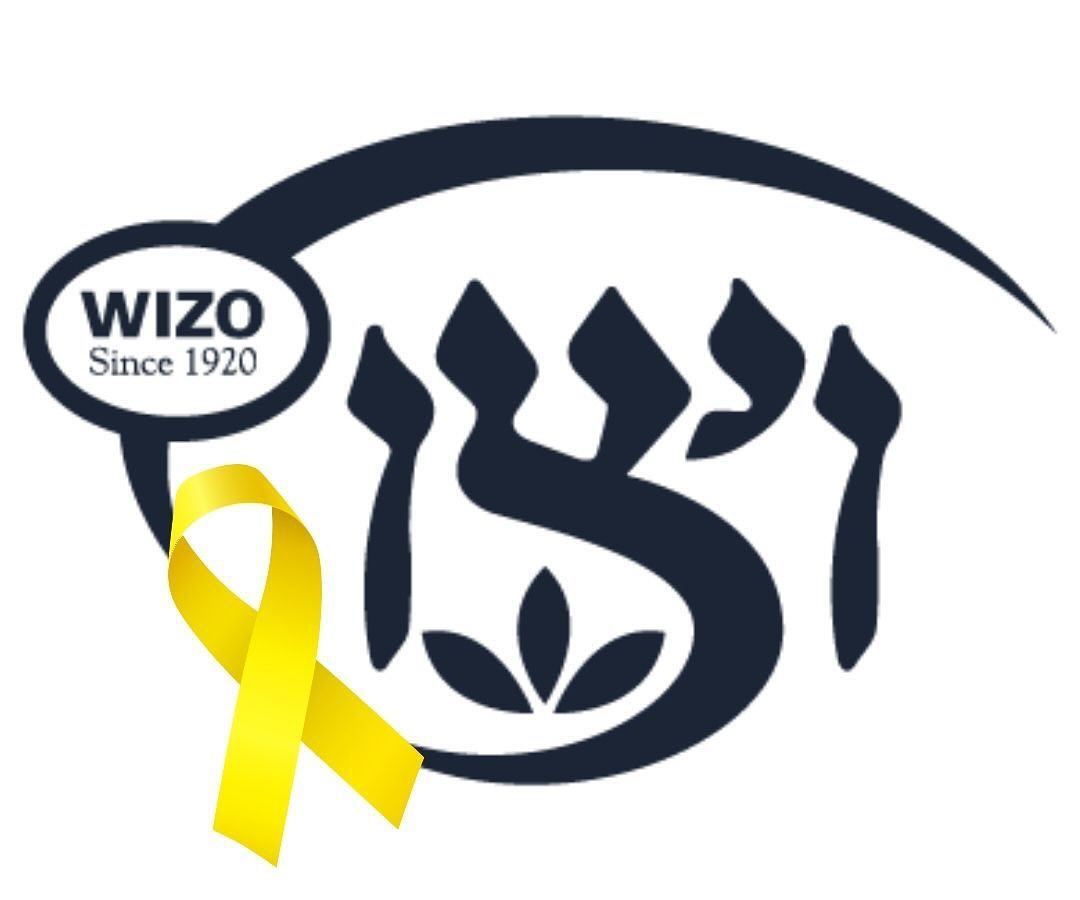
Dearest friends,
This year, there is a deeper sense of trauma to our commemoration on Yom HaShoah of the darkest period in modern Jewish history. This year, the words “the worst massacre of Jews SINCE the Holocaust” have been repeated over and over, and it is impossible to escape the pain and fear that they invoke.
The full name of Yom HaShoah is Yom HaShoah v HaGvurah – the Day of Holocaust AND Heroism. It has become fashionable in recent years to place more emphasis on the Gvurah than on the Shoah and I understand this – it is the Jewish way to emphasize our resilience in the face of tragedy. And that is the reason for our survival – our relentless focus on moving forward. But this day invites us to pause and remember what we have lost, before moving forward. And that is what I wish to do.
I want to reflect on some of the WIZO federations we lost during the Shoah. The thousands and millions of WIZO women like you and me, who devoted their lives to uplifting those less fortunate, like you and I do; women from communities both wealthy and modest like us; living lives more or less comfortable in countries they thought were their homes.
WIZO Poland was founded in 1922 and was the largest of the federations at the time, with 102 branches and 17,000 members. As the mood grew darker, Polish WIZO women welcomed Jews from across Europe into the ghettos they had all been forced into, set up soup kitchens and cared for the sick and dying. Poland’s brave president Marie Apt was executed after being caught smuggling Jews to safety.
WIZO Rumania, Transylvania and Yugoslavia all had 5,000 members each by the time the war broke out and worked similarly to feed and clothe and comfort the starving masses. WIZO Czechoslovakia and Hungary, like other federations, trained children and young people to prepare them for Aliyah – a salvation that came for tragically few. WIZO France rescued 800 children and WIZO Austria managed to smuggle 250 young women into Eretz Israel.
Members of WIZO Bessarabia, Bucovina and Bulgaria sent food parcels to deported husbands and sons and some joined the partisans themselves. Of the 4,500 members of the WIZO Baltic federations of Lithuania, Latvia and Estonia only a handful survived. When Rebecca Sieff visited the survivors in the Displaced Persons camps she learned that even in Bergen-Belsen women had formed a WIZO group.
These proud, strong, WIZO women fought on and on and on, until the end.
In 1939, there were 110,000 WIZO women in Europe. 55,000 of them perished in the Shoah. 14 federations ceased to exist.
WIZO has always been emblematic of the Jewish people as a whole. And like Am Israel, WIZO is a survivor. WIZO emerged from the ashes and rebuilt itself, tempered by the fire, stronger than before. New branches were founded in India and China, Sudan, Columbia, Mauritius and Egypt. Women who had escaped Europe joined and expanded branches in the United States, England and Australia.
In Eretz Israel, WIZO women supported the training and employment of women across the Yishuv. They fought in the War of Independence and nursed those who were wounded. They fed those who were hungry and served as members of the Civil Guard.
WIZO held up the country and its people and so we do today, after this latest “worst massacre of Jews since the Holocaust” which triggers our shared intergenerational memory. After October 7, WIZO opened emergency day care centers in hospitals, and youth villages as refuges for students, and offered counselling to traumatized children. Our federations across the world have poured money and love into Israel and visited on missions and embraced us in their WIZO arms.
On Yom HaShoah, we remember what we were, and who we lost, but also how we have always survived as a people, with WIZO beneath our wings.
Anat Shechter Vidor
President, World WIZO


















































